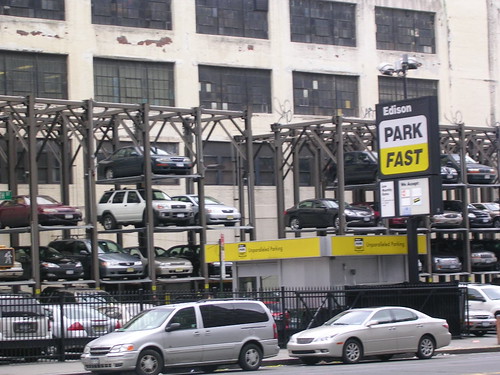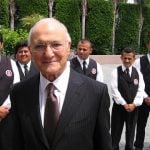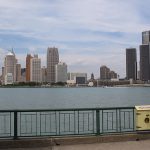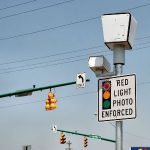The National Parking Association forecast: accurate?
The National Parking Association (NPA) has predicted that parking revenue will grow from $18 million to $22.25 billion by 2015 on the back of U.S. population growth, more vehicle owners, and a steady trend of a preference for driving.
These results surprised us, to say the least. First of all, according to the Census Bureau, the U.S. population is growing by a mere 0.72% annually – so population growth isn’t exactly robust. And although urbanization is increasing, the population shift toward urban environments has diminished the desire for vehicle ownership. Nearly 30% of households in high population density areas do not have cars, says another report.
Vehicle ownership peaked in 2008 and has not reached the same level since that year, according to Michael Sivak, author of “Has Motorization in the US Peaked?”, a report published by the University of Michigan Transportation Institute.
The traditional American preference for driving may be changing, too. Another recent report found that total miles driven have not changed since 2004. Millennials are driving less, preferring alternative means of transportation (biking, buses, subways) and walkable neighborhoods.

Stack parking helps cope with parking demand. Image by The Tire Zoo.
Factors influencing parking demand
The NPA report says that there are eight factors influencing demand for parking – population growth, improving employment, stable commuter demand, more demand for leisure travel, baby boomers using healthcare facilities, greater number of students, municipality parking facility development, and dynamic pricing.
“The recovery in the labor market is robust, broad-based, and likely to continue, if not accelerate, over the coming months,” according to researchers at the San Francisco Federal Reserve Bank.
On the other hand, while commuter demand may be stable, shifts are happening in favor of walking, biking, and mass transit at the expense of driving to work. Leisure travel also saw eight in ten vacationers opting for driving, according to the US Travel Association.
Baby boomers are set to use healthcare facilities more, as they account for 40 percent of doctor visits. First time graduate student enrollment is also on the rise, up for the first time since 2009. An earlier NPA report estimates that 40% of students park on campus, so parking demand from students should increase slightly.
Some areas – notably San Francisco – have introduced dynamic pricing, but it’s by no means clear that dynamic pricing increases demand for parking, and it’s only been implemented in very small areas in the U.S.
Related Posts
Category: News

















